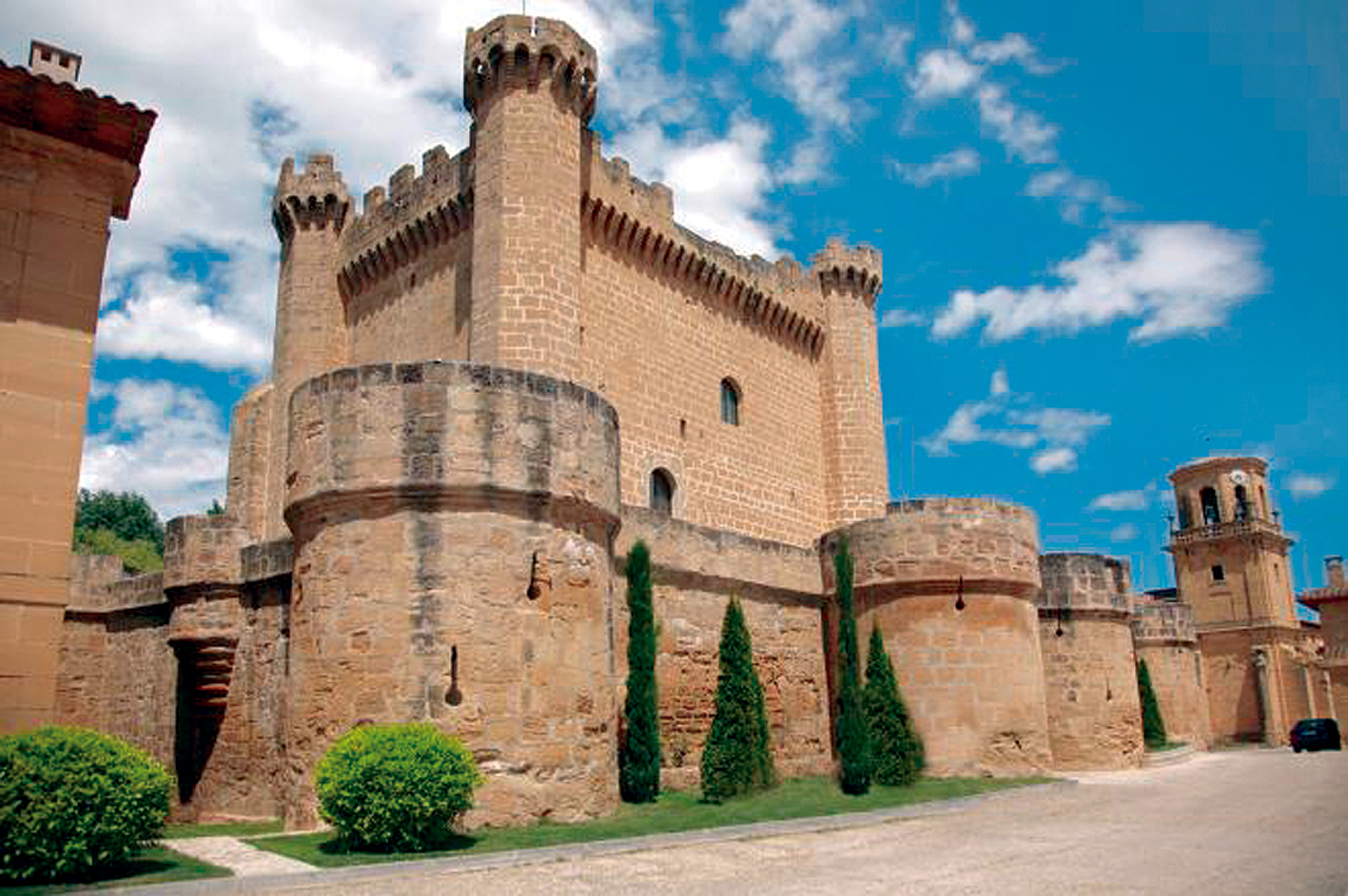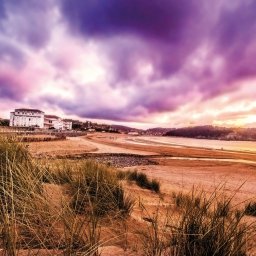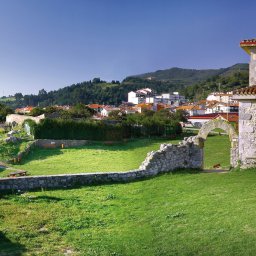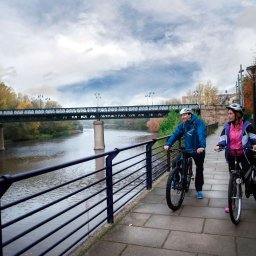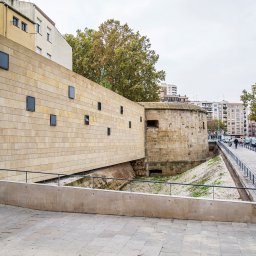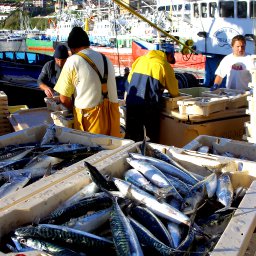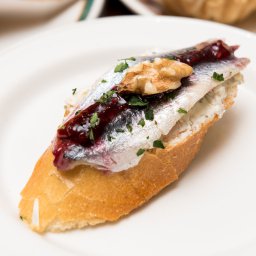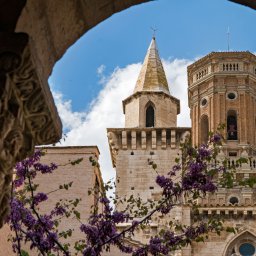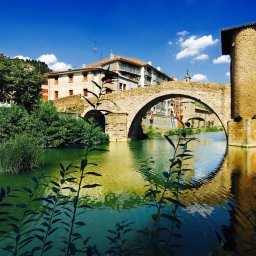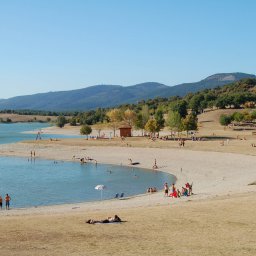During the Middle Ages and part of the Renaissance, Christians, Moors, and even the occasional invader from north of the Pyrenees, sought to expand their kingdoms by taking control of La Rioja. These power struggles led to numerous castles, strongholds, towers and fortresses being built on hills, mountains and fords all over the region to secure rights and possessions. Today, the surviving buildings provide yet another layer in the rich cultural and historical landscape of La Rioja.
Having once served as shelter for foot soldiers, archers, and nervous cavalry mounts, these stones bear silent witness to long-gone skirmishes, sieges, battles and oaths. Today their noble silhouettes decorate the Rioja landscape as they watch over the vineyards.
Though hard to believe, given the size of the region, records attest to the existence of seventy-three castles and fortified towers in La Rioja. The land was a bone of contention among the Kingdoms of Castile, Navarre and Nájera, and the Way of St. James and other important mountain and river crossings had to be defended.
The Rioja castle tour brings pays tribute to those troubled, heroic times. The route starts in Agoncillo, where visitors can visit Aguas Mansas (also known as Aguas Muertas), a cut-stone castle built in the thirteenth and fourteenth centuries. The rectangular building has a tower on each corner and a Calatrava Cross over the main entrance. The town of Agoncillo grew up around the restored castle which, today, houses the Town Hall.
Clavijo Castle
Clavijo Castle is one of the most well-known castles in La Rioja. Located on the top of a hill, it dominates the surrounding landscape. Built before the tenth century by the Moors, the castle follows the contours of the elevated site. The 85-metre wall is reinforced by towers that act as buttresses.
Also located in Rioja Alta, the Torremontalbo fortified tower stands on the site of an old Roman construction used for defending the crossing over the river Najerilla. The square, cut-stone tower has been inhabited since it was built. There is a viewing point close by, in San Asensio, with panoramic views of the Ebro valley and silhouettes of the Davalillo, San Vicente de la Sonsierra and Briones Castles in the distance.

Fortresses in the Sonsierra region
Davalillo Castle stands on a hill overlooking the Ebro, about six kilometres from San Asensio. The site is a magnificent natural watchtower over the lands of La Sonsierra and Rioja Alta. The fortress in Briones was built to protect Castilian Rioja against incursions by the Navarrese armies via the fortified bridge in San Vicente de la Sonsierra. The fortress in San Vicente de la Sonsierra was the largest defence structure on the Ebro River, and formed part of the defensive line from Laguardia to Labastida. It features an unusual, irregular, semi-circular shape defined by the contours of the site. Three rows of fortified walls form three separate enclosures: the outer albacar area, the inner cortijo area and the castle at the top.
Cuzcurrita de Río Tirón boasts one of the best-preserved castles in La Rioja and is still lived in today. The keep is built in magnificent cut stone. It is also worth visiting the fifteenth-century Leiva Castle nearby to see the polygonal towers.
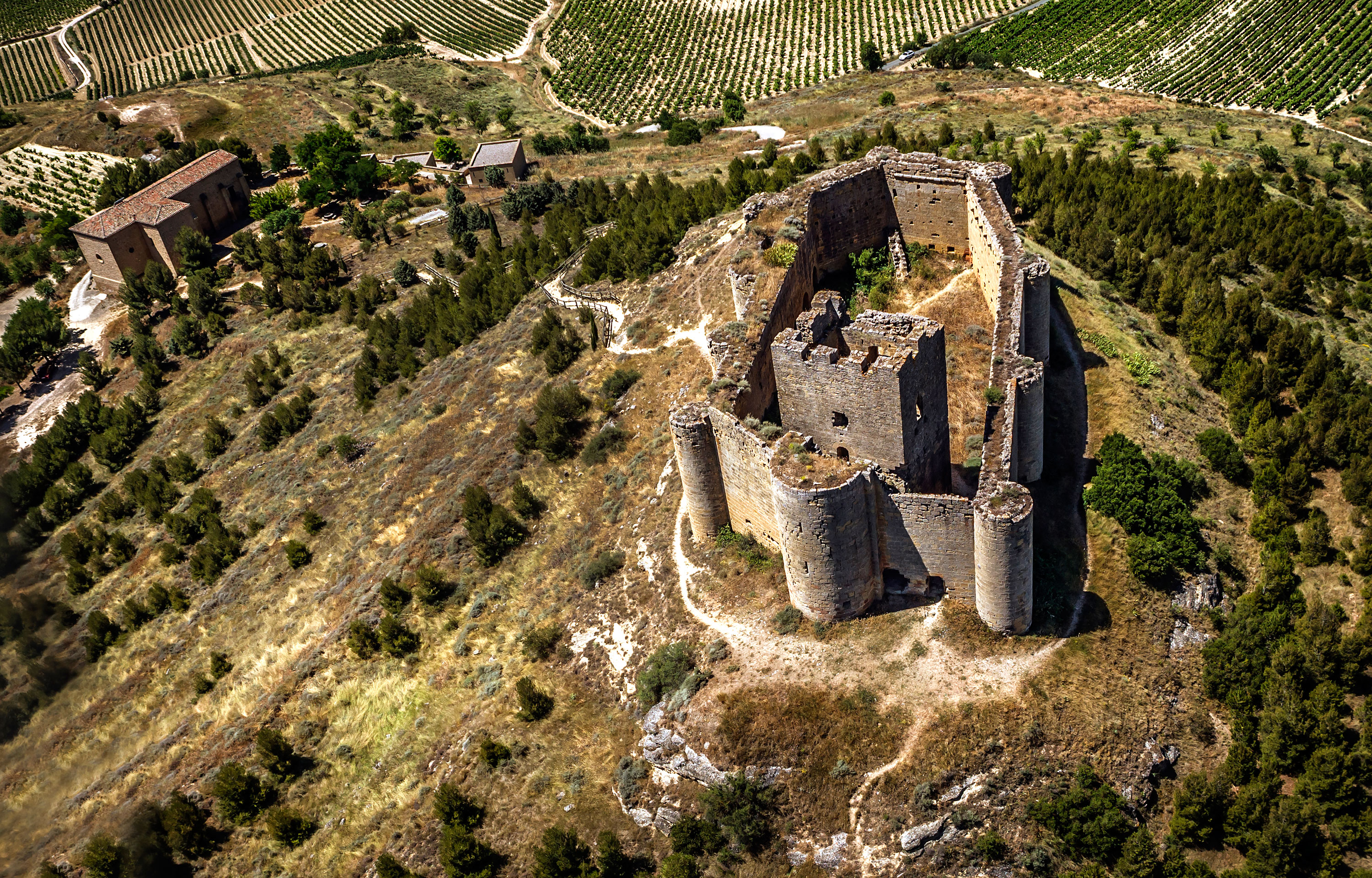
The jewel of Sajazarra
Sajazarra Castle, which also dates back to the 15th century, is a rectangular construction with a magnificent keep and round towers on its corners. The battlements and machicolations are particularly noteworthy. This castle is considered one of La Rioja’s most outstanding architectural attractions. The 13th century-medieval tower in Baños de Rioja is a converted country hotel nowadays.
There are ruins of fortifications in many other towns in the area, such as Arnedo, Quel, Enciso, Arnedillo, Préjano, Cervera, Muro de Aguas and Cornago. The castle of Cornago, for example, is particularly noteworthy as it dominates the whole village from a height. A stark, grey, rectangular, limestone construction, it has a tower on each of the four corners but unlike the other castles in the region, while three of them are round and differ in size, the fourth is square. Cornago Castle is connected historically to the Lunas, a prominent family originally from Aragon. The restored fortress can be visited and is used as an exhibition hall.
